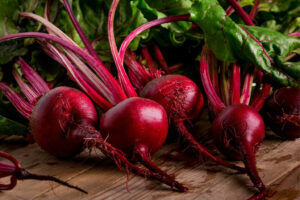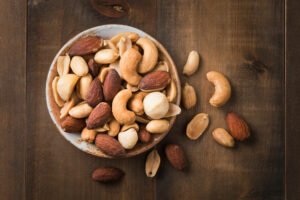
Tinnitus – Causes, Symptoms, Precautions, and More
Experiencing constant noise in the head, such as ringing in the ears, can be annoying. The noise is continuous or intermittent, pulsating, shrill, and varying in loudness. It can occur due to various causes, from exposure to loud noise to underlying health conditions. Also known as tinnitus, this ringing in the ears affects nearly 50 million people in the country. Here’s all you need to know about tinnitus: causes, symptoms, diagnosis, treatment, and precautions. Causes of tinnitus Prolonged exposure to loud noises This is one of the most common causes of tinnitus. Nearly 90 percent of the people who experience tinnitus have hearing loss induced by noise. The repeated exposure to loud sounds can cause damage to the sound-sensitive cells of the inner ear. This damage can often be permanent. Pilots, carpenters, street-repair workers, landscapers, rock musicians, and others who have to work in a constantly noisy environment are generally at risk. Sometimes, tinnitus is also caused by a single exposure to a sudden, extremely loud noise. Blockages in the ear If there is any blockage in the ear canal, it can cause tinnitus. The blockage can be due to an ear infection or buildup of wax. Sometimes, the development of a benign tumor of the auditory nerve can also cause ringing in the ears.
Read More 











